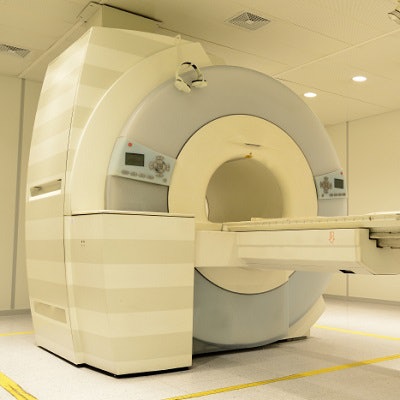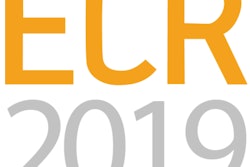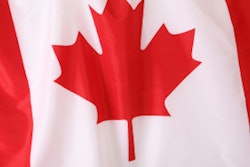
Five minutes might not seem like much time, but taking 300 fewer seconds to turn around an MRI suite to accommodate the next case can improve workflow, better serve patients, and add to a facility's coffers, according to a study published in the April issue of the American Journal of Roentgenology.
Before the construction of a new outpatient MRI center at NYU Langone Health, staff took the opportunity to configure its workflow to improve mean room turnaround time by more than five minutes, compared with turnaround time at its two existing outpatient imaging facilities (AJR, Vol. 212:4, pp. 855-858).
"Our new workflow includes the use of dockable tables, dedicated MRI preparation rooms, and duplication of commonly used coils," wrote lead author Dr. Michael Recht and colleagues. "The new workflow allows a mean time savings of 5 minutes 28 seconds per patient. This time savings improves the value of MRI by increasing the availability of MRI for patients, decreasing the time that patients spend in the MRI department, and increasing potential revenue for the MRI department."
NYU Langone was in a perfect position to test new strategies to optimize turnaround time before building a new facility to house new 1.5- and 3-tesla scanners. Specifically, turnaround time was defined as "the interval between completion of the last sequence acquisition for one patient and initiation of the first sequence acquisition for the next patient," the authors wrote.
NYU Langone's process improvement team included radiologists, MRI technologists, and several other personnel who are involved in workflow. They met biweekly for several months to evaluate current operations and find ways to overcome time-consuming limitations for six MRI scanners at the institution's two existing outpatient centers.
The group eventually narrowed its focus to several key approaches:
- Using dockable tables so a patient could be prepped and ready as soon as the previous patient was finished
- Using dedicated MRI preparation rooms located near the scanner
- Minimizing the route and number of turns from the preparation rooms to the MRI
- Establishing easier access to coils and duplicate accessories for each scanner
After the new center was completed and clinicians finished their two months of training, the researchers tested turnaround times at all three facilities based on the changes over the course of four months.
They found that mean turnaround time improved by 5.4 minutes in the new facility when patients were properly prepped for scanning and on their docking tables. The time savings surpassed the goal of five minutes. For all cases, mean turnaround time improved by 4.4 minutes in the new center.
| Effect of workflow optimization on MRI turnaround time | ||
| Turnaround time | Existing image centers | New image center |
| All patients | ||
| Median | 481 sec | 141 sec |
| Mean | 537 ± 219 sec | 272 ± 270 sec |
| Patients ready for scanning | ||
| Median | 430 sec | 115 sec |
| Mean | 460 ± 156 sec | 132 ± 72 sec |
As for the monetary benefits, the five-minute improvement could add two MRI scans to an average day, according to the researchers. At NYU Langone, the mean MRI reimbursement is $500 per scan; with its two new scanners, that equals $2,000 a day in additional revenue. Assuming the center is open 250 days per year, the total annual revenue could reach approximately $500,000.



.fFmgij6Hin.png?auto=compress%2Cformat&fit=crop&h=100&q=70&w=100)




.fFmgij6Hin.png?auto=compress%2Cformat&fit=crop&h=167&q=70&w=250)











